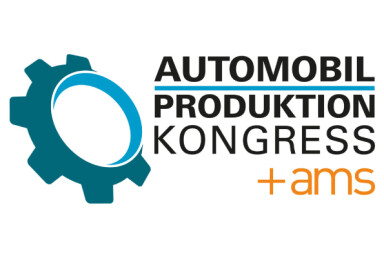Plant Investment
Stellantis poised for Saudi assembly in localisation drive

Kingdom courts Stellantis for full vehicle manufacturing to accelerate Vision 2030 industrial goals
Saudi Arabia has taken another calculated step towards building a credible domestic automotive industry. On 19 November 2025, during Crown Prince Mohammed bin Salman's visit to Washington, the Ministry of Investment, the National Industrial Development Center (NIDC), Stellantis and long-standing local partner Petromin Corporation signed a memorandum of understanding to study the feasibility of a full vehicle manufacturing plant in the kingdom.
The proposed facility would produce both passenger and commercial vehicles, drawing on Stellantis' broad American and European brand portfolio. No financial details have yet been disclosed, but the partners describe the project as a cornerstone of efforts to raise localisation rates across the vehicle supply chain.
A partnership with deep roots
The choice of Stellantis is hardly surprising. Petromin has distributed eight Stellantis brands – including Jeep, Ram, Dodge, Fiat and Alfa Romeo – across the kingdom since 2021, and the pair have already collaborated on large retail and service centres. What is new is the leap from import-and-distribute to genuine local assembly and, potentially, deeper manufacturing.
For Stellantis, the timing fits neatly into its Dare Forward 2030 plan for the Middle East and Africa region, which already targets one million annual sales by the end of the decade (up from around 400,000 today) and a sharp increase in electrified vehicles. Local production would shield the group from import duties, currency volatility and the growing regulatory preference for vehicles with high Saudi content.
The broader localisation landscape
Saudi Arabia is no longer content to be merely the Gulf's largest vehicle market – roughly 700,000-800,000 units a year. Vision 2030 and the National Industrial Strategy demand tangible industrial capability. The kingdom has set itself the goal of producing 300,000-350,000 vehicles annually by 2030, with ambitious localisation targets for components and a growing export orientation.
Stellantis would become the first volume manufacturer focused primarily on internal-combustion and mild-hybrid platforms to commit, filling a gap that neither the pure-EV newcomers nor Hyundai's mixed-output plant fully address. Jeep and Ram models, in particular, remain hugely popular among Saudi buyers.
What manufacturers need to weigh
The incentives are generous – tax holidays, subsidised energy, land in special economic zones and preferential government fleet procurement. Yet the challenges are equally clear. Achieving genuine 40-50 per cent local content within a few years requires a dense supplier ecosystem that barely exists today. Labour costs, while moderated by Saudisation quotas, are higher than in Turkey or Morocco, Stellantis' existing low-cost hubs for the region. And the domestic market, though large, is price-sensitive and heavily skewed towards SUVs and pick-ups.
Success therefore hinges on three factors: rapid tier-one and tier-two supplier clustering (something the NIDC is aggressively pursuing), export viability to the wider GCC and Levant, and the extent to which Stellantis is willing to adapt platforms for right-hand-drive Middle East requirements and future hybridisation.
An inflection point for the kingdom's ambitions
If the feasibility study proves positive and a firm investment decision follows, Stellantis could anchor a new automotive cluster and accelerate the kingdom's shift from oil-rents to industrial rents. For an industry accustomed to viewing the Gulf as a pure sales market, this latest development seems to signal that the rules have changed: Those who commit early to bricks-and-mortar localisation will enjoy privileged access; those who hesitate may find themselves sidelined by regulatory preference and cost disadvantage.
“The project aims to increase localisation rates within the vehicle sector, contributing to the growth and sustainability of the automotive industry in Saudi Arabia kingdom,” the partners said.




